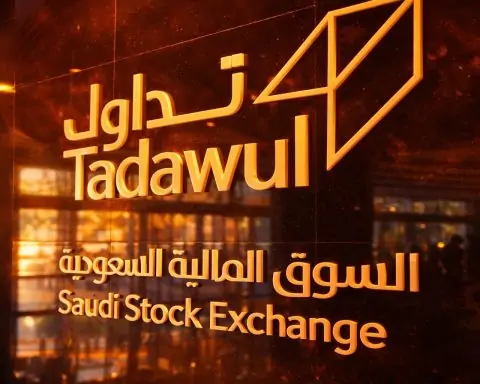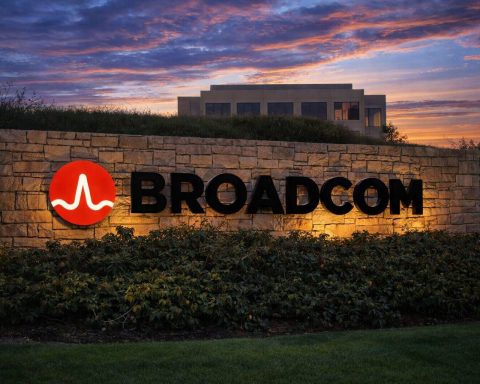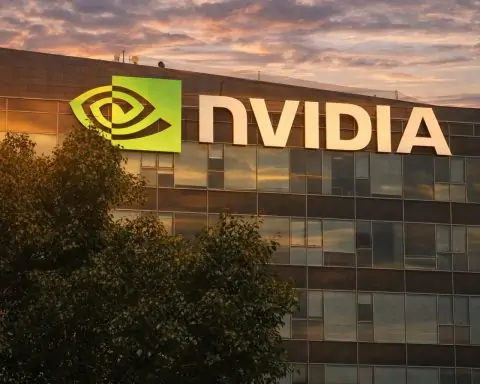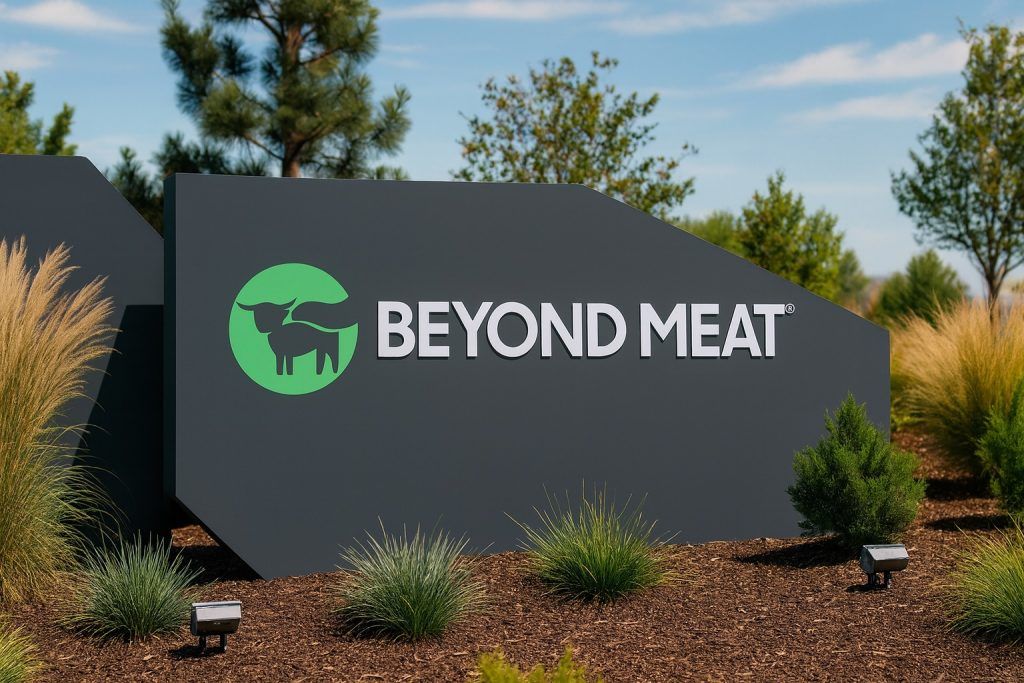- FDA Approval Path: Replimune’s lead cancer therapy RP1 (with nivolumab) had its Biologics License Application (BLA) resubmitted and accepted by the FDA, with a Prescription Drug User Fee Act (PDUFA) decision date set for April 10, 2026 [1]. CEO Sushil Patel hailed this as a major step: “RP1 plus nivolumab offers a strong risk-benefit profile where there are few options” for advanced melanoma patients [2].
- Stock Surge: The stock soared ~99% on Oct 20, 2025, closing at $8.94 after the FDA news [3]. This dramatic rebound reversed a mid-summer crash (Replimune shares had plunged ~73% in one day in July after an FDA Complete Response Letter) [4]. As of Oct 21, 2025, REPL trades around $8.95 [5] [6] (52-week range $2.68–$17.00) and a market cap of about $698 million [7].
- Clinical Data: At the ESMO congress (Oct 19, 2025) Replimune announced new trial data: in a hard-to-treat acral melanoma subgroup of its IGNYTE trial, 8 of 18 patients (44%) responded to RP1+nivolumab and median response duration was about 11.9 months [8]. Acral melanoma normally has very few treatment options, so this is seen as encouraging news.
- Analyst Upgrades: Following these developments, multiple analysts raised their ratings. On Oct 20 Wedbush’s Robert Driscoll upgraded REPL to Outperform (new price target $18), and Leerink Partners upgraded to Outperform (target $13) [9]. Piper Sandler also lifted its rating to Overweight with a $13 target [10]. Overall analysts are cautiously bullish: of 9 tracked analysts the consensus is around Hold/Buy, with an average 12-month price target around $10–11 [11] [12].
- Next Catalysts: Investors are focused on near-term milestones. Replimune reports Q3 earnings on or around November 11, 2025 [13] (likely another loss, as Q2 was ($0.95) per share [14]). The decisive event will be the FDA’s April 10, 2026 decision on RP1’s approval [15].
Stock Performance and Recent Rally
Replimune’s stock has been extremely volatile in 2025. It soared on Oct. 20 after the FDA acceptance news: shares nearly doubled from about $4.50 to $8.94 that day [16]. (On Oct 21, REPL was trading around $8.95 [17].) This reversed a mid-year collapse – in July 2025 a disappointing FDA Complete Response Letter caused the stock to collapse ~73% in one day [18]. Over the past year the 52-week trading range is roughly $2.68 (low) to $17.00 (high) [19], reflecting that roller-coaster.
Institutional interest remains high: recently hedge funds like TD Asset Management increased their stake in Q2 2025 [20]. Still, REPL’s year-to-date chart is choppy – it’s well below its early-2025 peak and may need to hold above key levels (around $10) to sustain gains [21]. As of mid-Oct. 2025, Replimune’s market capitalization is about $698 million [22] and it carries little debt (debt/equity ~0.23). The stock trades with a high beta, mirroring broader biotech swings.
FDA & Clinical Developments
The big catalyst was regulatory: on Oct 20, 2025 Replimune announced the FDA had accepted its resubmitted BLA for RP1 (for advanced melanoma after PD-1 therapy) [23]. The FDA set a PDUFA date of Apr 10, 2026, meaning a final decision then. CEO Sushil Patel emphasized the importance: “We are pleased the agency has accepted the resubmission of our BLA for RP1,” he said, highlighting RP1’s “strong risk benefit profile” for patients with very limited options [24].
This acceptance essentially resets the review process after the July CRL. In mid-September Replimune met with the FDA (a Type A meeting) to discuss the CRL, and said FDA feedback “highlighted the unmet need in advanced melanoma and the compelling risk-benefit profile of RP1” [25]. Management remains focused on working with regulators for an accelerated approval path.
On the clinical side, Replimune has been advancing its trials. At the ESMO 2025 cancer conference (Oct 19) the company reported new data from its IGNYTE Phase 2 study. In the acral melanoma subset (a rare, treatment-resistant form occurring on palms/soles), RP1 + nivolumab produced an objective response in 44% (8 of 18) of patients, with a median response duration of about 11.9 months [26]. (Acral melanoma typically responds very poorly to other immunotherapies, so this is notable.) Replimune also noted its larger Phase 3 trial (IGNYTE-3) is ongoing; a poster on non-melanoma skin cancers was also presented.
Replimune’s pipeline beyond RP1 includes next-gen oncolytic viruses (RP2, RP3) and various collaborations (e.g. with Roche for certain cancers). However, none of those had new news this week; all focus remains on RP1’s FDA review and melanoma trials.
Analyst Commentary and Ratings
Wall Street analysts have a mixed but improving view. After the FDA news, several firms turned bullish. Wedbush analyst Robert Driscoll bumped Replimune from Neutral to Outperform and raised his price target to $18 [27]. Leerink Partners likewise went to Outperform (target $13). Piper Sandler’s Allison Bratzel upgraded to Overweight and set a $13 target, noting the company now expects a mid-2026 launch in a niche with few other options [28]. Cantor Fitzgerald also just moved to Overweight (no public target given).
In contrast, some analysts remain cautious. J.P. Morgan downgraded REPL to Underweight (removing its prior target) before the FDA news [29]. H.C. Wainwright still has a Neutral rating pending more info [30]. Overall consensus (across ~9 analysts) is around a Hold/Moderate Buy, with roughly five Buys, four Holds and two Sells [31]. The average 12-month target was about $10.71 on stockanalysis (roughly 20% above current) [32], though some sources (like MarketBeat) report an average near $11.00 [33].
Analysts point out that while the FDA acceptance is positive, Replimune still carries high risk. One research note models only a 60% probability of success for RP1’s FDA review [34]. They emphasize that acceptance starts the review – it does not guarantee approval. On the upside, if RP1 wins approval, it could dominate its niche: Piper Sandler notes it would “address an area with limited existing options” [35]. Conversely, if the FDA raises new issues, the stock could fall again. For now, analysts have generally raised their revenue/earnings forecasts (still deep in loss) but warn volatility will remain high.
Market sentiment reflects this mix. The recent analyst upgrades and press coverage drove a short-term “biotech rally” in REPL, but some caution that a pullback could occur. Technical commentary notes the stock must hold above ~$10 to challenge last year’s highs [36]. Institutional “hedge fund” screens have flagged REPL as a top mover on Oct 20, amplifying the volume surge [37].
Outlook and Investor Takeaway
Looking ahead, the next six months will be critical for Replimune and its stock. The company’s near-term path is now clear: address any final FDA queries and push toward the April 2026 decision. Before then, watch for any interim clinical updates or partnership news. Analysts will also factor in the upcoming Q3 2025 financial report (mid-November) – though Replimune has no products on market, it will report continued R&D spend and losses.
If RP1 ultimately wins approval, many experts see substantial upside: it would become a new option for metastatic melanoma patients and validate Replimune’s oncolytic platform. In that scenario, analysts’ higher price targets ($13–$18) could come into play. If not, the stock could resume its downward trend from earlier in 2025. As MarketBeat’s analysis notes, this situation is a “classic biotech squeeze”: driven by a near-term regulatory catalyst (BLA acceptance + PDUFA) [38].
Investors should prepare for high volatility. The stock’s fate depends on FDA and trial outcomes, which are still uncertain [39] [40]. As Benzinga observes, “if the stock can maintain its momentum and break through psychological resistance at $10.00, it may pave the way for a challenge towards the 52-week high,” but a drop to support could test investor confidence [41]. In plain terms: great news has pushed REPL higher for now, but long-term gains will require clear wins in regulatory review and clinical proof. Potential investors should weigh the ongoing risk of trial/regulatory setbacks against the reward of a novel therapy approval.
Sources: Replimune press releases and financial filings [42] [43] [44]; market news and data from Nasdaq, Reuters, Benzinga, Investing.com and MarketBeat [45] [46] [47] [48]. These sources provide the latest stock quotes, analyst updates and company announcements.
References
1. www.globenewswire.com, 2. www.globenewswire.com, 3. www.marketbeat.com, 4. www.globenewswire.com, 5. www.marketbeat.com, 6. www.reuters.com, 7. www.marketbeat.com, 8. www.globenewswire.com, 9. www.benzinga.com, 10. www.gurufocus.com, 11. stockanalysis.com, 12. www.marketbeat.com, 13. stockanalysis.com, 14. www.marketbeat.com, 15. www.globenewswire.com, 16. www.marketbeat.com, 17. www.reuters.com, 18. www.globenewswire.com, 19. www.marketbeat.com, 20. www.marketbeat.com, 21. www.benzinga.com, 22. www.marketbeat.com, 23. www.globenewswire.com, 24. www.globenewswire.com, 25. www.globenewswire.com, 26. www.globenewswire.com, 27. www.benzinga.com, 28. www.gurufocus.com, 29. www.investing.com, 30. www.investing.com, 31. www.marketbeat.com, 32. stockanalysis.com, 33. www.marketbeat.com, 34. www.investing.com, 35. www.gurufocus.com, 36. www.benzinga.com, 37. www.marketbeat.com, 38. www.marketbeat.com, 39. www.globenewswire.com, 40. www.investing.com, 41. www.benzinga.com, 42. www.globenewswire.com, 43. www.globenewswire.com, 44. www.globenewswire.com, 45. www.marketbeat.com, 46. www.benzinga.com, 47. www.investing.com, 48. www.marketbeat.com







